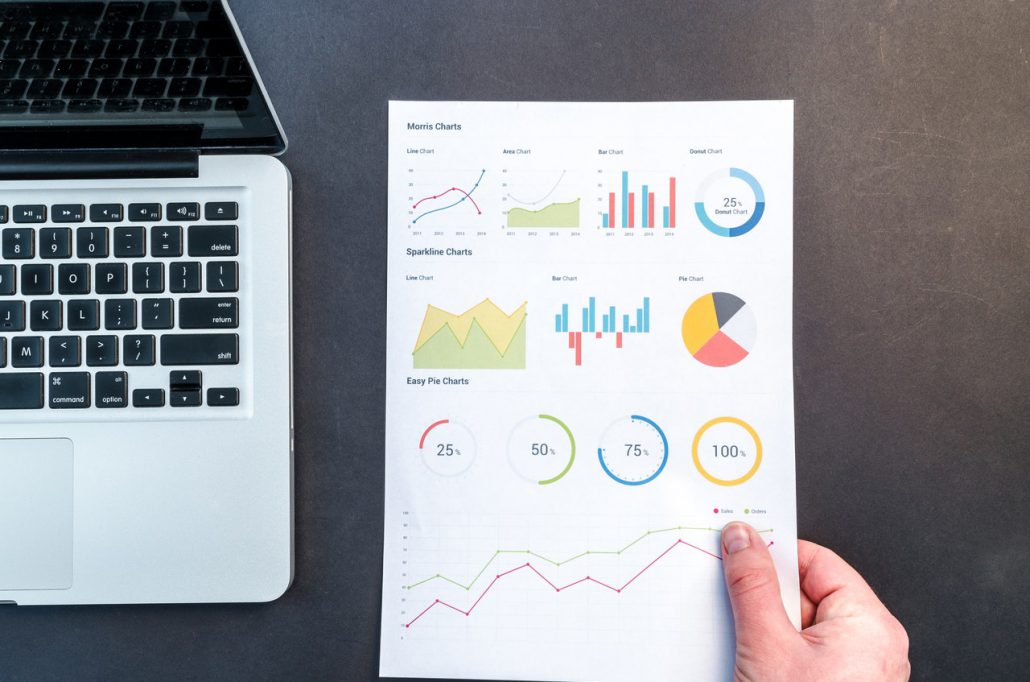The First Metrics to Look at When Starting SEO
SEO can often be overwhelming for beginners. There is a huge amount of work that goes into making a site competitive in Google. There are also a lot of metrics that you need to track to go along with that work.
It can be hard to know where to get started. So before you lose your head, here are the first metrics you should be focusing on when starting SEO.
Organic traffic
Organic traffic is one of the most important SEO metrics there is. It refers to the traffic that you get directly from search engines as opposed to traffic that you might receive from social media, ads or from people who come to your website directly.
It’s some of the most valuable traffic there is, too. It’s free, not counting the cost of hiring an SEO firm, and these users often have high intent to take action. As a result, organic traffic is a great gauge of how effective your SEO strategies are. Use a tool like Google Analytics to track your organic traffic levels for free.
Keyword rankings
It goes without saying that your keyword rankings are some of the most important SEO metrics there are. If you are targeting specific keywords with your content it is crucial that you know how well you are currently ranking for them. A good keyword rankings tool will also help you track your rankings over time so that you can focus on improving them. It will also point out instances where your rankings have dropped.
Organic click-through rates
Your organic click-through rate is the number of people who click on your link in Google over the total number of people who see the search results. It shows you how attractive your site looks in the search results and can help you to decide if you are ranking for the right keywords or not.
Part of your website’s organic CTR will depend on how high you rank in Google. The higher you are, the more clicks you are likely to get. But improving your website’s page titles, meta descriptions and content can all help, too.
Bounce rates
The bounce rate of your pages is the percentage of people who leave the site without taking any action. You want to have as low a bounce rate as possible, but often it will be double digits.
For blog posts, for instance, it’s normal to have a high bounce rate as the content is informational. People find what they are looking for and then leave. It doesn’t mean your website is bad or that users found it unhelpful.
Pages per session
The pages per session metric is the number of pages a visitor looked at within a single session. Naturally, the more pages, the better. This metric is an excellent measure of how engaging your website is and how easy it is to use. This data can be accessed in Google Analytics. Not that these will be averages and not everyone will look at as many pages as the previous user.

